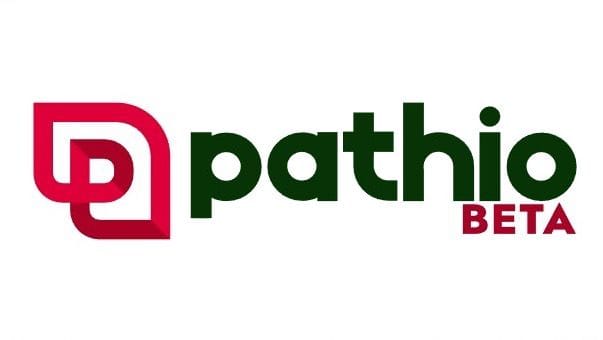
The folks at E3D-Online announced a new 3D print slicer system, Pathio.
Evidently E3D is not content with only making widely respected 3D printer components and devices, and now is branching out into the software world. The new system works for extrusion-based desktop 3D printers, and thus could be quite useful for the hundreds of different 3D printer models available today that employ that 3D printing process.
But why a new 3D print slicer? There are several excellent ones already on the market, including the open source Slic3r & Cura, as well as the outstanding paid software Simplify3D.
They explain their goals for the Pathio project:
“A totally new core slicing engine that ‘does things right’ from the outset, built around a 3D-first approach and a solid understanding of how extrusion based 3D printing works at a fundamental level.
Aggressively pursue new and novel features that solve real user problems. Our first mission is to create the best support material system available, with a combination of a fantastic user interface and totally novel support generation algorithms. However we have much more in the pipeline that we’re keen to get to work on.
A user experience that is straightforward and beautiful for everyday slicing tasks, but which also allows for powerful flexible use cases when you need to do something interesting.
Actively support and listen to our community, so we can build the tool that you want to use. (community.pathio.xyz)”
Trying out the software shows a very clean interface, quite similar to Simplify3D, yet a bit more straightforward. There are advanced options present, as you might expect from E3D, a highly technical operation, but these are neatly hidden in drawers on the left.
![Using Pathio, a 3D print slicer [Source: Fabbaloo]](https://fabbaloo.com/wp-content/uploads/2020/05/image-asset_img_5eb09c86cf042.jpg)
Of course, after 18 months of development, this is only a beta version, so if you are trying it out expect issues. But if you see any, please report them to E3D so they can be fixed.
One thing we ran into immediately was that Pathio attempts to simplify your experience by using pre-sets for both machines and filament. By knowing the characteristics of these they should be able to instantly establish print parameters that lead to a successful conclusion.
However, the number of machines and filaments included in the current beta version is a bit light, and thus it is unlikely you’ll find your exact machine and material right off the hop. Here you can see your list of available machines:
![Machine pre-sets available in Pathio [Source: Fabbaloo]](https://fabbaloo.com/wp-content/uploads/2020/05/image-asset_img_5eb09c87241ad.jpg)
We happened to have a CR-10S with a single extruder in the lab and thus tried using the CR-10 dual setting, but selecting only one extruder. The print did indeed work, once we tamed our usually-misbehaving CR-10S.
The list of pre-set filaments is also very short, as you can see here:
![Filament presets in Pathio [Source: Fabbaloo]](https://fabbaloo.com/wp-content/uploads/2020/05/image-asset_img_5eb09c875fdfc.jpg)
The result is that in the beta version you will almost certainly not have a pre-set for your particular combo of machine and material, and will have to resort to twiddling individual print settings. However, you can pick a combo that is “close” and go from there.
But what is really the benefit of Pathio? It seems that E3D is looking for more advanced slicing options to solve some common problems that affect part strength and surface quality. They explain:
“We calculate a true 3D offset of the model to define where we will place the shell and infill. This leads to true constant wall thickness throughout the model and automagically creates a more self-supporting geometry that reliably results in a contiguous shell without gaps or holes. The 3D offsetting method also results in a more mechanically sound print, with corners being reinforced and shells on sloped surfaces maintaining constant thickness.”
In this video you can see more of what they’re attempting to do:
They also are working on a couple of unusual features, such as grouping parts within a print job to use similar print parameters (e.g., print all the bolts with these parameters, and the nuts with these other parameters). They say:
“Pathio uses a unique hierarchical grouping system that allows a single print-job to be organised into colour-coded groups of models each with their own slicing settings. You can easily assign different infill or support settings to different models or groups in a single print-job with clearly visible overrides.”
One extremely powerful feature in the release is the ability to execute scripts. This means that it might be possible to create highly complex print jobs that dynamically take appropriate actions. I suspect this feature’s true power is really not known at this point, as it will require considerable exploration to determine what can and cannot be done.
What is totally unclear at this point is how the future of Pathio will unfold. Will this be an open source project like Cura or Slic3r? Or will it be a paid slicer, much like Simplify3D?
Via Pathio











MiniFactory’s new software produces a very useful report for each 3D print that may be important for clients. We had a close look at one.